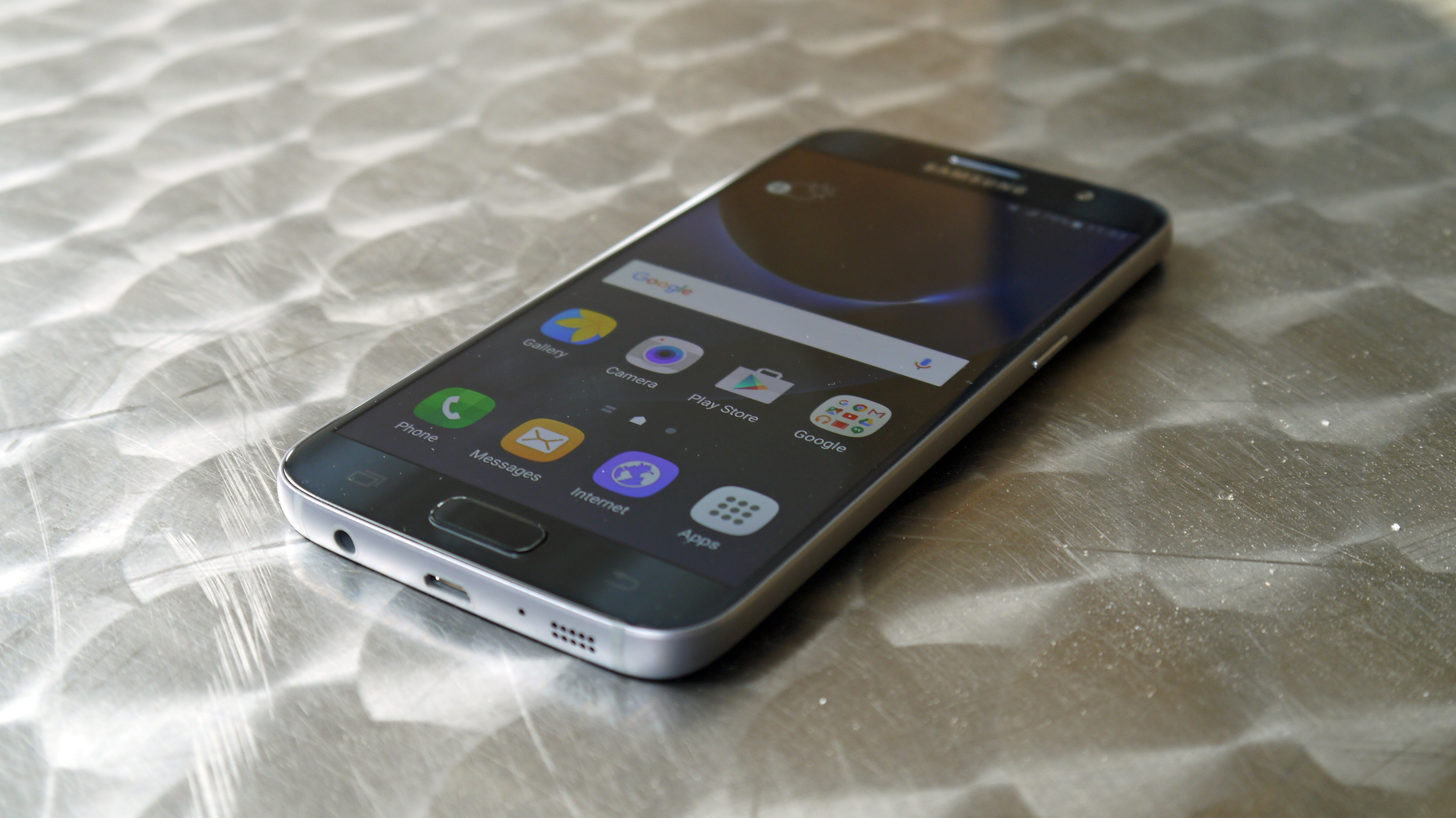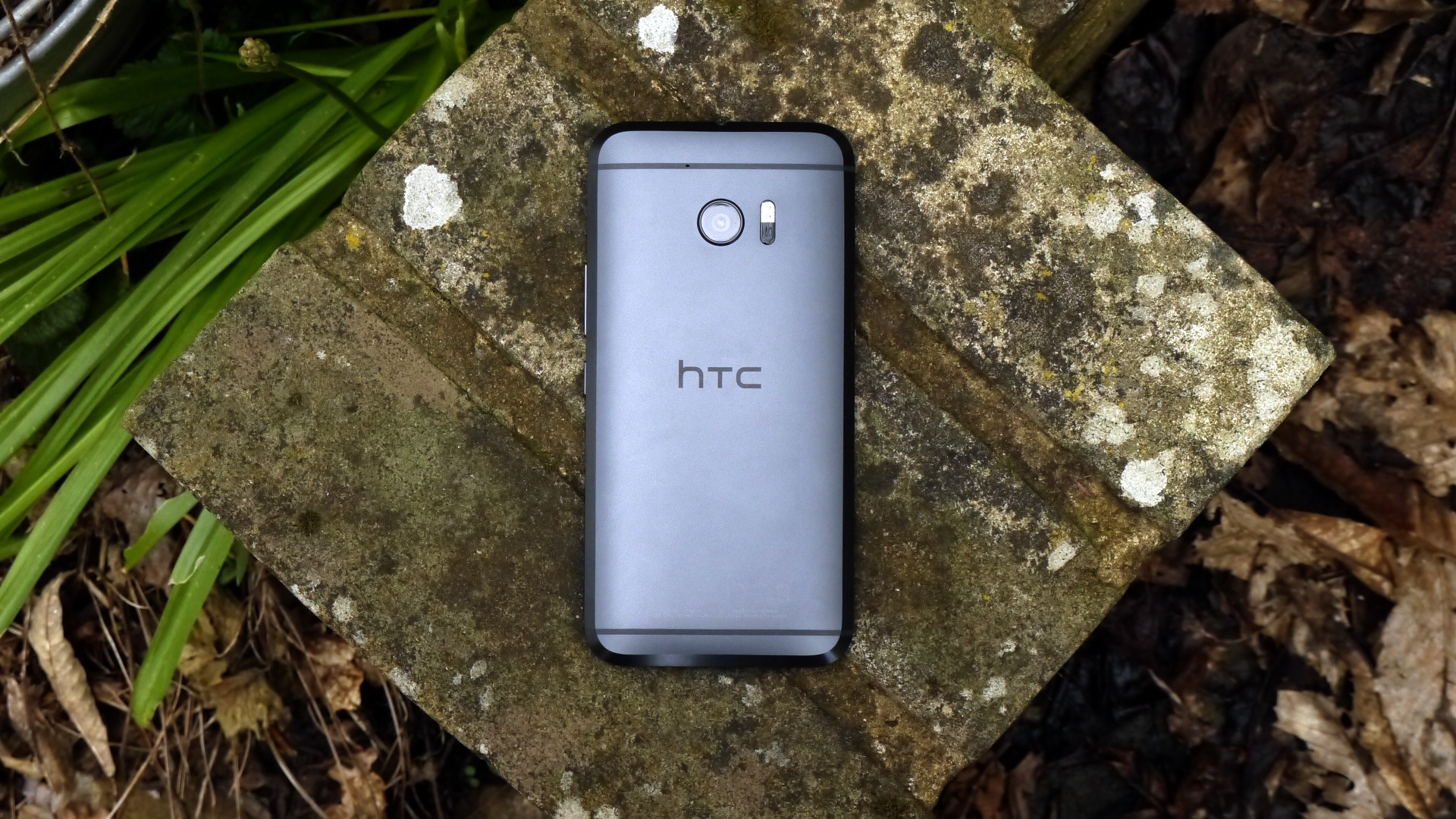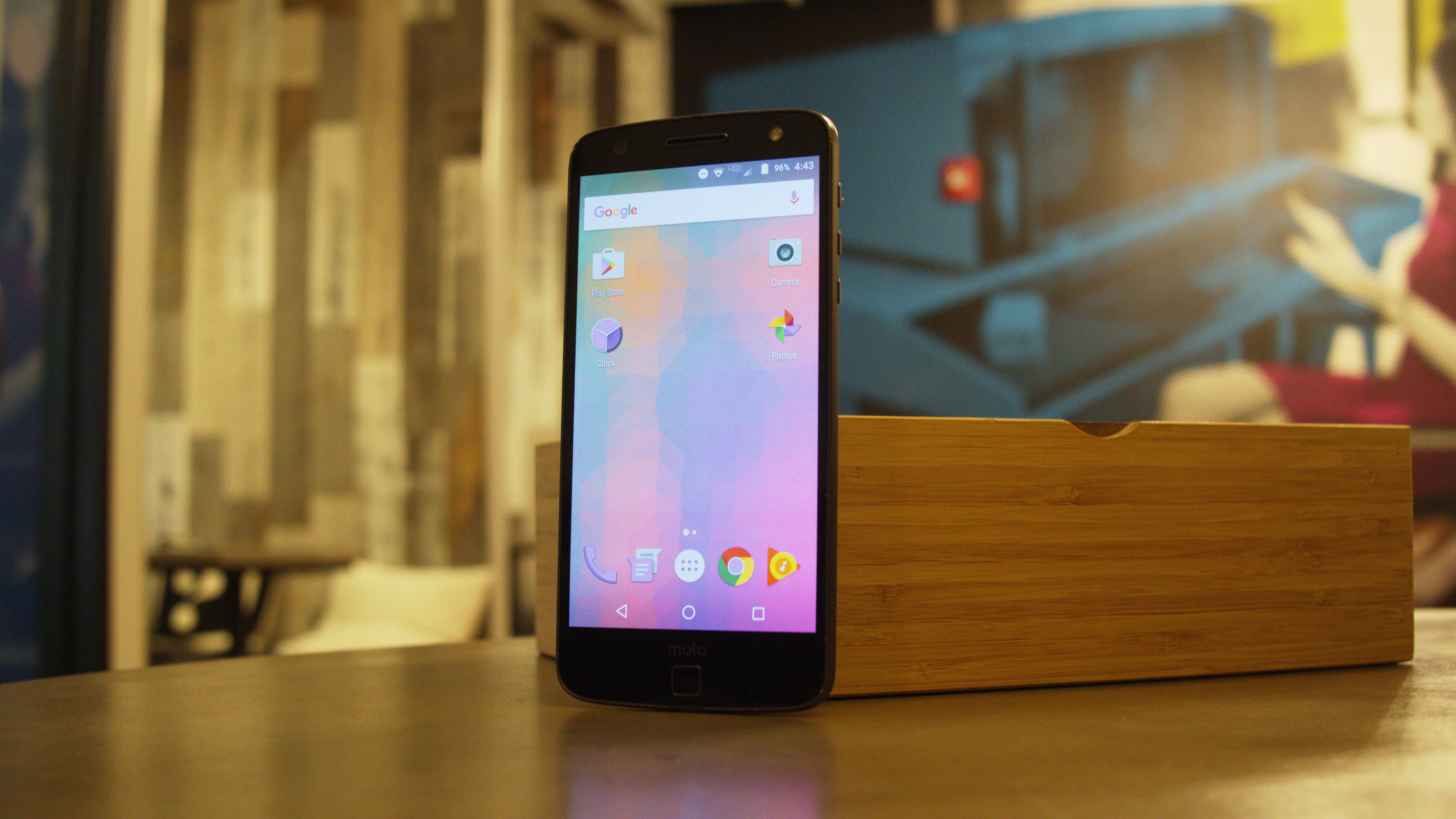Why you can trust TechRadar
The Moto Z Force enters the smartphone world with specs that match a lot of popular competitors in the Android space, yet it's more than unique enough to stick out. Let's see how it handles a versus battle against the top dogs.

LG G5
Its most obvious competitor is LG's latest flagship entry, the G5. Like the Moto Z Force, this is a modular smartphone, but in a much more literal sense. In order to swap out the modules, called "Friends" in LG's world, you must first power down the device.
Unlike the Z Force's hot-swapping support, the G5 leans on modules a little too hard. Of course, if modular additions are not a concern to you, the decision boils down to personal taste and whether you're looking for a shatterproof phone.

Samsung Galaxy S7 Edge
The Moto Z Force is neck-and-neck in terms of specs with the device we called "the best smartphone in the world right now".
Both phones run the latest Android Marshmallow software, pack in the Snapdragon 820 (the S7 Edge carries the powerful Exynos 8890 octa-core outside of the US) and flash a quad HD AMOLED display.
Aside from the obvious modular function that the Z Force has over Samsung's curvy phone, the devices differ in a few ways that might be deciding factors for you. For example, the S7 Edge is rated IP68–fully waterproof for up to 30 minutes in five feet of water.
The Moto Z Force trumps the S7 Edge's rear-facing camera in terms of megapixel count (21MP to 12MP), but each phone can put out quality images.

HTC 10
The Moto Z Force and the HTC 10 share design excellence in common with each other. Additionally, the spec list reads just about the same for both, but the Z Force edges it out with a bigger battery.
That said, HTC fires back with a built-in headphone jack and stereo sound via the HTC BoomSound front-facing speakers. This makes HTC's a more capable multimedia smartphone from the get-go, as it doesn't need mods or dongles to enhance its skill set.
Cameron is a writer at The Verge, focused on reviews, deals coverage, and news. He wrote for magazines and websites such as The Verge, TechRadar, Practical Photoshop, Polygon, Eater and Al Bawaba.

